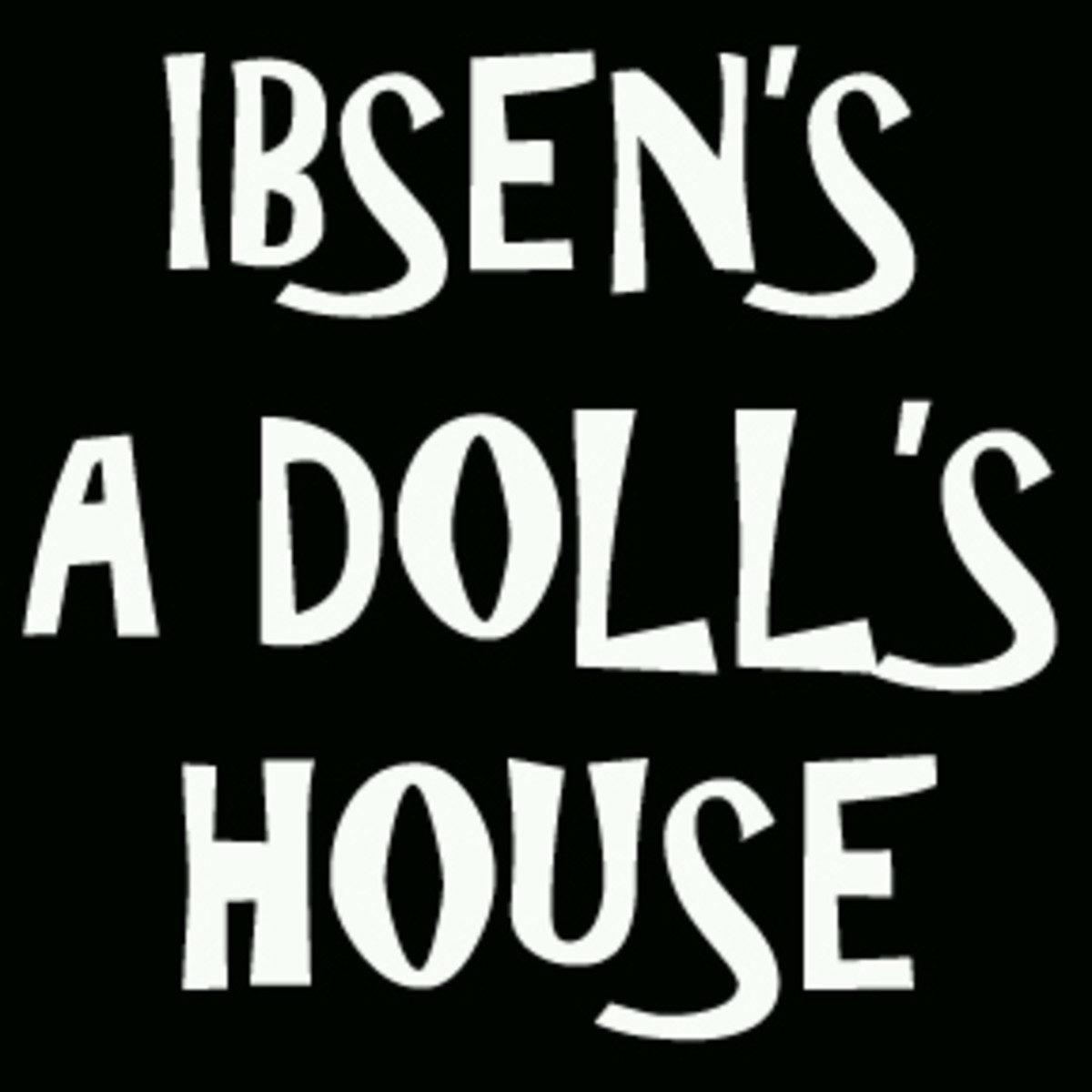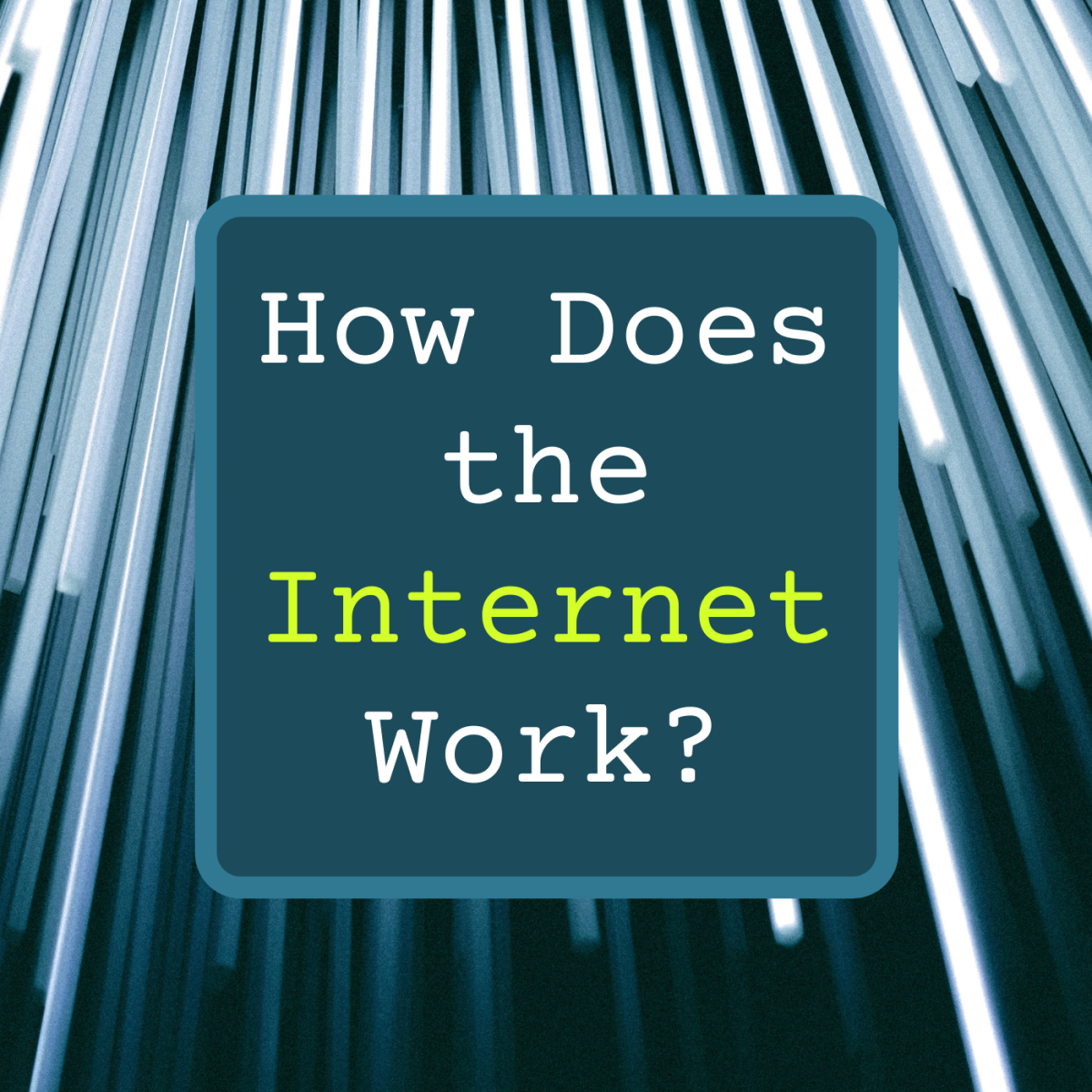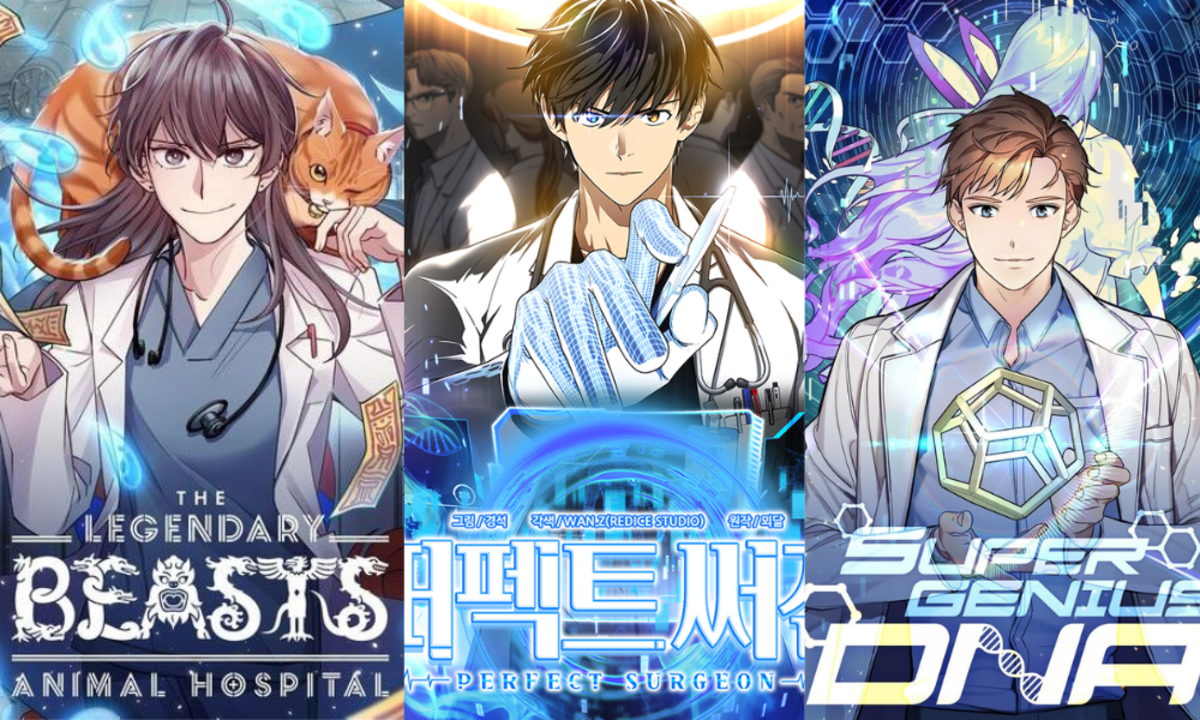Henrik Ibsen and Satire
The Nutshell
Henrik Ibsen was born into prestige. Before he ever set pen to paper, people were already talking about the different branches of his family. Interestingly enough, most of the significant works that occupy Ibsen's resume deal with families that have wealth and social connections. Satirizing the upper class unmercifully, Ibsen was not making fun of his past, rather the ideals and conventions that the members of upper society worshiped. Namely, how perception, or rather image, is the oxygen that the people breath; to be denied their image would be a damnation worse than any other. Two characters in two of Ibsen's masterworks', Hjalmer Ekdal and Torvald Helmer, fear this possibility. Both men are heads of their respective houses, yet they don't recognize the control they have. Instead, they have given control to people outside of those they should care about.
Someone with those chops must have known what he was talking about
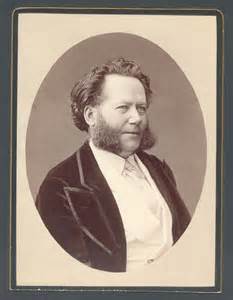
A Doll's House
In A Doll House, Torvald Helmer is willing to sacrifice Nora and all that he has built with her so that Torvald can keep his good name. He, along with Ms. Linde and Krogstad, think of Nora as nothing more than a child. They believe that Nora cannot think for herself and thus is completely at the mercy of those around her. Torvald certainly doesn’t think that Nora can handle financial qualms so when he becomes aware of Nora’s debt to Krogstad, his initial reaction is that Nora “destroyed [his] happiness” (Act 3). He is unable to see past the physical debt and understand that the whole situation came about because Nora was trying to help her husband. Torvald doesn’t seem to care that Nora put herself in this position so that she could save Torvald’s life, all he understands is that his perfect credit reputation has now been tainted and is afraid that “people might think [he] was behind it all.” (Act 3). His wife Nora, who the whole time has been devoted to her husband finally understands at the end of the play that Torvald has no compassion for others; he doesn’t speak to his kids, he keeps Nora in a submissive state by continuously referring to her as a pet that he allows to stay in the house, and he can’t help but feel betrayed by Nora finally claiming her independence from him. Sandra Saari states in her essay “Female Become Human: Nora Transformed” that Torvald never once “hints of any self-sacrifice to protect Nora” (Saari 488) from Krogstad. Saari states that “Torvald’s core is more of the petty egotism” (Saari 488) that Nora mistakes as mere superficiality Throughout the whole play, the reader gets the sense that Nora is the dependent one, but we realize at the end that Torvald is dependent on Nora to make himself feel better about his place in life.
Evidence in "The Wild Duck"
In addition, Ibsen’s character Hjalmar Ekdal is another example of a seemingly good father whose selfish nature is first expressed when Hedvig receives her letter from Mr. Werle. In Act 4 of The Wild Duck, Hjalmar becomes jealous of Hedvig when Mr. Werle writes that she will begin receiving one-hundred kroner a month from his office. Hjalmar gets angry at his daughter when he says that Werle “remembers her so generously” (Act 4) instead of himself. His jealously is rooted in the fact that Hjalmar feels entitled to the money over Hedvig because he sees himself as being more worthy of the money. The reader begins to understand Hjalmar’s growing anger towards his daughter when he pulls himself away from Hedvig when she tries to embrace him in Act 4. This disgusted physical reaction is the beginning of the downward spiral for Hjalmar Ekdal and his daughter, Hedvig.
In the same scene in Act 4, whenever Hjalmar learns the Hedvig is not his biological daughter, he refutes all connection that he once had with Hedvig. Hjalmar yells at first that he “has no child” (Act 4) before turning Hedvig away, telling her that he “can’t bear to look at [her].” (Act 4). Throughout the whole scene, Hedvig is in tears because she loves her father unconditionally and doesn’t understand why Hjalmar is turning his back on her. Hedvig does not care that she has no blood relation to Hjalmar, the feelings that she has for him are stronger than any kind of physical tie. But Hjalmar’s humiliation at his realization prevents him from seeing the undying devotion that Hedvig holds for him. In Michael Goldman’s essay “Style as Vision: The Wild Duck, Child Abuse, and History” Goldman states that Hedvig becomes an exploited pawn in the visions that Gregers and Hjalmar have for Hjalamr’s new life. She complies with Gregers suggestion of killing the wild duck as proof of her love for Hjalmar, even though she is killing something that she cherishes herself. She agrees to the arrangement because she wants to show her father that she is willing to do anything if it gives Hjalmar a sense of happiness. The final events of the play occur because of a compassionate daughter who is trying to win her father’s love back.
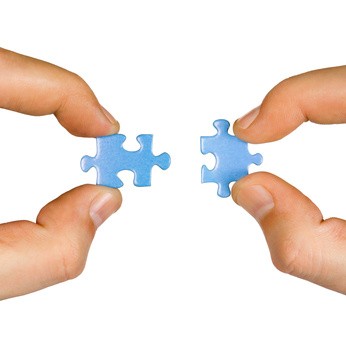
Connecting the two
In the last scene of both plays, Hjalmar and Torvald achieve no epiphany about their own greedy attitudes. In A Doll House, all Torvald is able to say in his apology to Nora is that “no one gives up his honor even for the one he loves.” (Act 3) When Nora responds that millions of women give up their honor, he retorts by calling Nora “an ignorant child.” (Act 3). Even in his last effort to keep Nora, he can’t bring himself off his pedestal to acknowledge that Nora is his equal. The same is true for Hjalmar. The reader gets a cryptic fortune-telling from Dr. Relling who predicts that Hjalmar will use his tragedy as a means for allowing others to shower him with pity. Relling’s prediction about the true nature of Hjalmar Ekdal expresses how Hjalmar may have been able to hide his selfish nature from his daughter, but he can’t mask it from everybody. In the end, both fathers’ lose a piece of their family that they never appreciated until it was gone.
Conclusion
Henrik Ibsen’s characters Hjalmar Ekdal and Torvald Helmer are personifications of Ibsen’s belief that self-preservation in upper-class society is destroying the traditional family unit. By putting their own needs ahead of the needs of the family as a whole, Hjalmar and Torvald become symbols of people’s growing greed in late-19th century Norway. With the start of industrialization and the growing desire for respect through consumer goods, Ibsen was detailing the beginning of the fall of human loyalties to one another by taking one of the most sacred relationships there is and making it victim to the wants of the individual.

